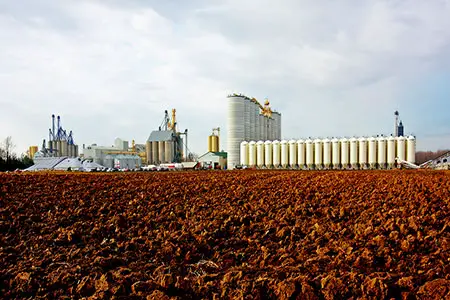Despite logistical obstacles caused by the Covid-19 outbreak, specialized graphite and graphene manufacturer Tirupati Graphite claims that most of the new earthmoving equipment for the 18 000 t/y Sahamamy plant expansion project arrived on time.
Hydraulic excavators, payloaders, bulldozers, and area graders from Hitachi, Komatsu, and BEML are among the earthmoving equipment, while four excellent 30 t articulated dump trucks are presently in route and due to be on-site in early February. Tirupati’s new mining equipment has a combined in-country landed cost of almost $3 million. The Sahamamy plant expansion is expected to be finished by the end of the first half of this year.
Also Read: TOMRA Mining delivers sensor-based sorting in extreme conditions at Renison Tin mine in Tasmania
The Sahamamy Plant Expansion and Additional Facilities
The facility has been modified to employ a newly invented column flotation technology, which has been completed on schedule and is projected to result in considerable cost, emissions, and operating efficiency savings. Furthermore, the processing facility’s architecture has been improved to reduce the need to carry mined ore from Sahasoa to the main plant, which is roughly 3 kilometres distant. In addition, Tirupati is commissioning three 18,000 tonnes per year units in Vatomina, which are expected to be completed in the calendar years 2023 and 2024. At Vatomina, it intends to use the same model and the new column flotation system.
Tirupati will begin mine opening activities at the currently-nascent Sahasoa deposit area within the Sahamamy project ahead of completing the Sahamamy processing plant’s construction and strengthening internal infrastructure to support the expanded operations according to project delivery plans. The Sahasoa deposit accounts for most of the project’s present defined Joint Ore Reserves Committee-compliant resources. It has been set aside to supply ore feedstock to the new plant now under construction. By the end of 2024, the addition of output from these units will bring total capacity to 84,000 tonnes per year. That output level is thought to reflect between 5% and 7% of current world demand.

